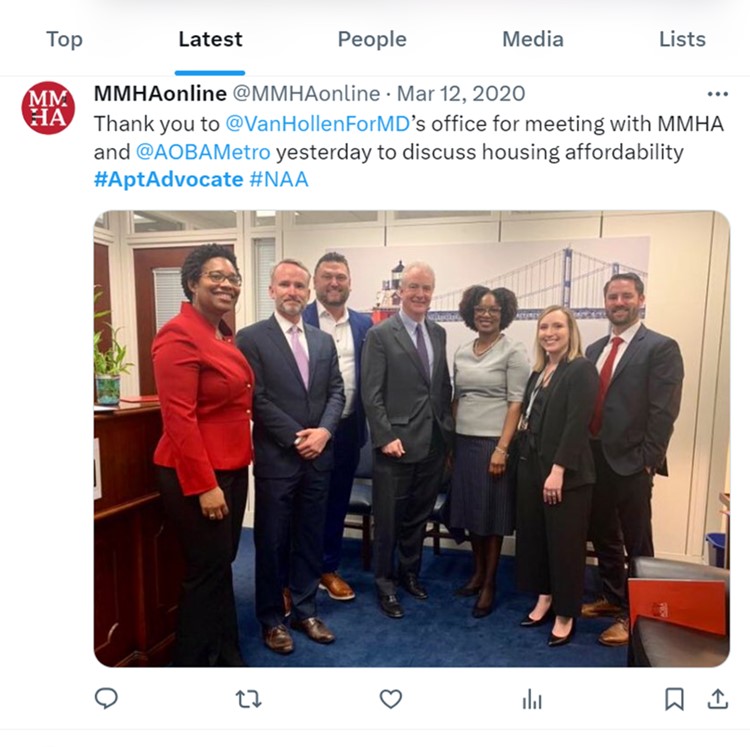Following Up After Meetings with Policymakers
Follow Up: Why It Matters
If you’ve played golf, tennis, or just thrown a ball, you know how important follow-through is. Without it, the ball rarely goes where you want it to. It’s the same with advocacy. Without follow through, a meeting is just a 1-off meeting. Following through after a meeting sends the meeting in the direction of establishing or growing a relationship.
Unfortunately, most constituents fail to follow up effectively after their meetings. In a survey of congressional staff, 85% said that constituents don’t follow up in a timely and/or helpful manner. In fact, one House Legislative Director said the following.
"If there’s an ask to sign on to a bill or to sign onto a letter, especially something with a deadline, and I never hear about it again... I’m wondering how much of a priority it is to the group.”
Other advocates’ failure to follow-up represents a big opportunity for you to stand out, demonstrate your value as a resource, and build relationships with your policymakers. Watch the video below and read five tips on follow up.
Five Tips on Follow Up
1. Plan to follow up. You know that advocacy is important, or you wouldn’t invest your time to meet with your policymakers. But that time away from your office comes with a price. It can be difficult to find the time to do follow up after being away from the office. Avoid this common pitfall by blocking time on your schedule days (or even WEEKS before) your meetings. As the cliche goes, “that which gets scheduled, gets done.”
2. Don’t forget to get business cards. Business cards from Capitol Hill are very valuable because they give you the information you need to communicate DIRECTLY with staff and build relationships with them.
- Pro Tip: Get business cards up front. Most Hill offices have business cards of all staff available in the lobby of their offices.
3. Use social media. If you’re on social media, put together a quick thank-you post and tag them in it. Use pictures whenever possible. Use #NAAadvocates at the end of the post to amplify the impact.

4. Send a Follow-Up Email. Send an email within 2-3 days after your meetings. When writing to Congress, keep in mind, Hill Staffers typically receive an average of 150-300 emails per day. As a result, assume your message will be read using a mobile device. So have a clear and concise subject line and use bullet points and attachments to make your email as user-friendly as possible.
5. Tell NAA about your meetings. NAA’s meeting report instrument asks important information needed to get results. Specifically, you will be asked about the following:
- What did you ask for?
- What commitments did they make?
- What follow up is needed?